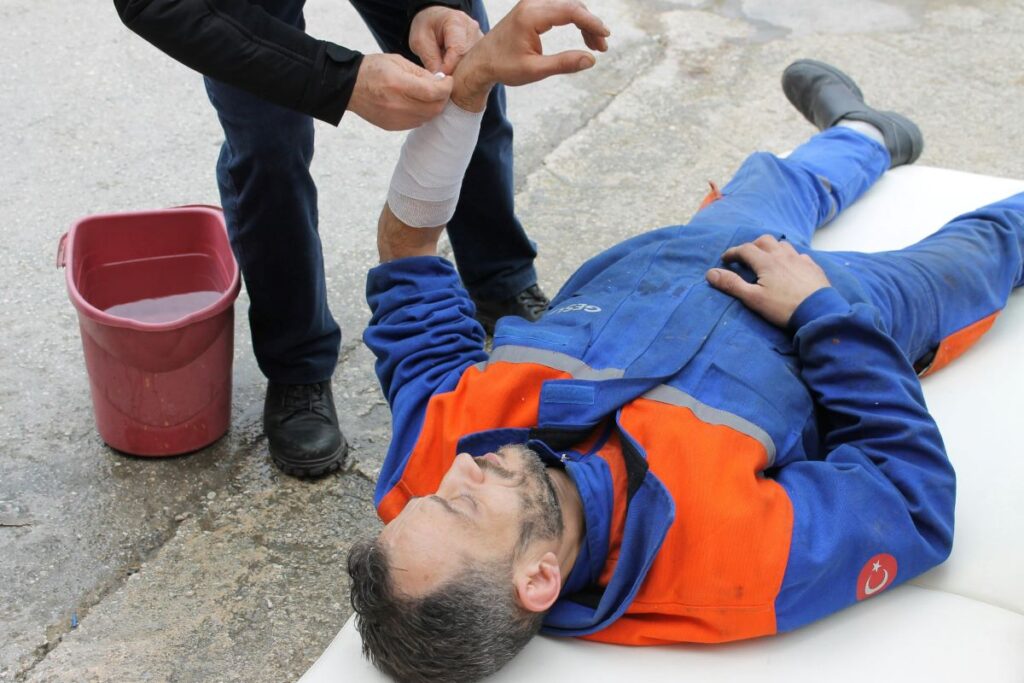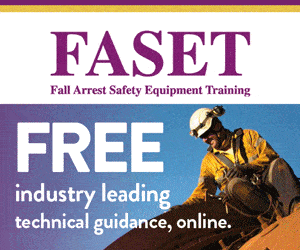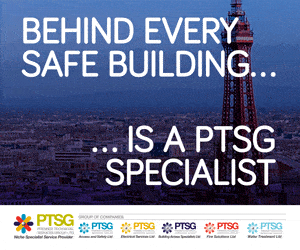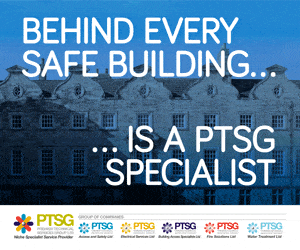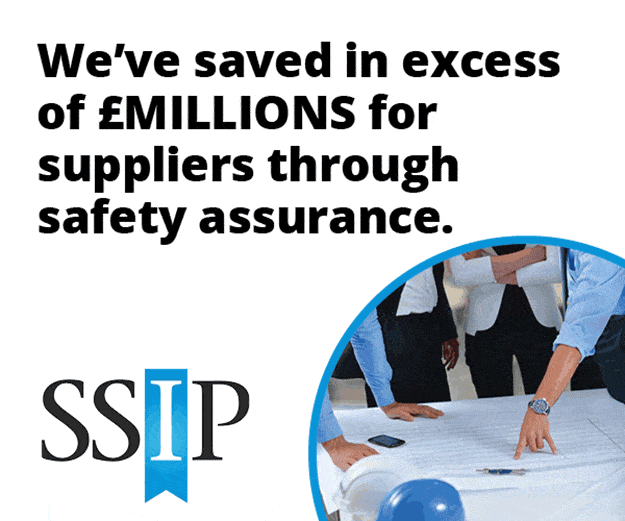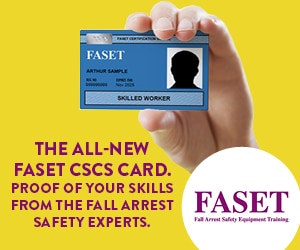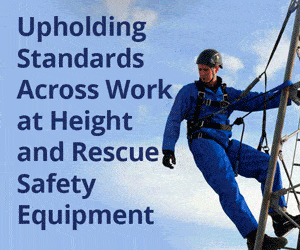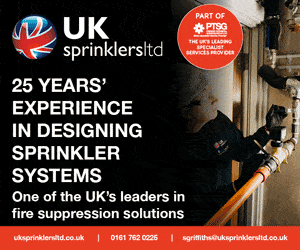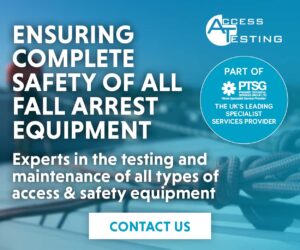A reduction in the number of people killed by workplace accidents in the UK “is no cause for celebration”, the Institution of Occupational Safety and Health (IOSH) said this week.
Figures published by the Health and Safety Executive (HSE) have revealed that work-related accidents caused 124 deaths last year, 14 fewer than the previous year.
This continues a general trend in declining fatal workplace accidents – 223 people were killed 20 years ago – but IOSH is keen for more to be done to make people safer at work.
Ruth Wilkinson, Head of Policy and Public Affairs at IOSH, said: “One death is too many, especially when work-related accidents can be prevented. There were nearly two-and-a-half deaths every week last year, so this is no cause for celebration.
“This is 124 lives lost because of work. It’s families having to go through the devastation of losing a loved one. It’s colleagues having to go through distress caused by seeing someone lose their life. While the UK is one of the safest places to work in the world, with strong health and safety standards, that is of no consolation to them.
“These figures are a reminder of the consequences of when things can and do go wrong. So, we’re calling on businesses to ask themselves if they are doing all they can to prevent accidents, to ensure their people are truly safe and can return home to their families at the end of every working day.”
The figures relate to the period from 1 April 2024 to 31 March 2025. The industry with the highest number of deaths was construction, with 35 fatalities. Meanwhile, there were 23 deaths in agriculture, forestry and fishing, and 15 in transportation and storage.
The leading cause of fatalities was falls from height , which accounted for 35 of the deaths, while 18 were caused by someone being struck by a moving object and 17 by being trapped by something which collapsed or overturned.
Of the 124 people killed, 49 of them were self-employed. Meanwhile, 40 per cent of the fatal injuries were to workers aged 60 and over, despite that age group only making up 12 per cent of the workforce.
Ruth added: “Businesses need to ask if all workers are informed and aware of the hazards and risks exposed to them, and the controls in place to prevent harm and protect them. And they need to consider if all workers know their health and safety rights, and their responsibilities.
“Businesses need to ensure they are investing in maintaining strong health and safety management systems – with commitment from leadership and worker participation with robust risk management – you can’t put a price on someone’s life.”










